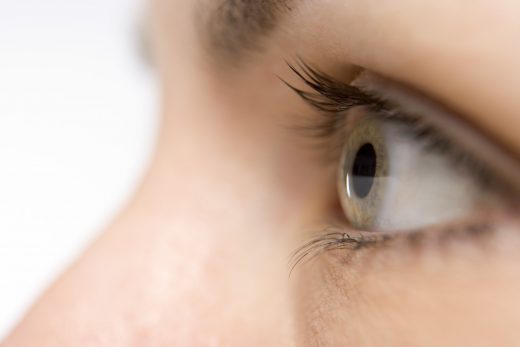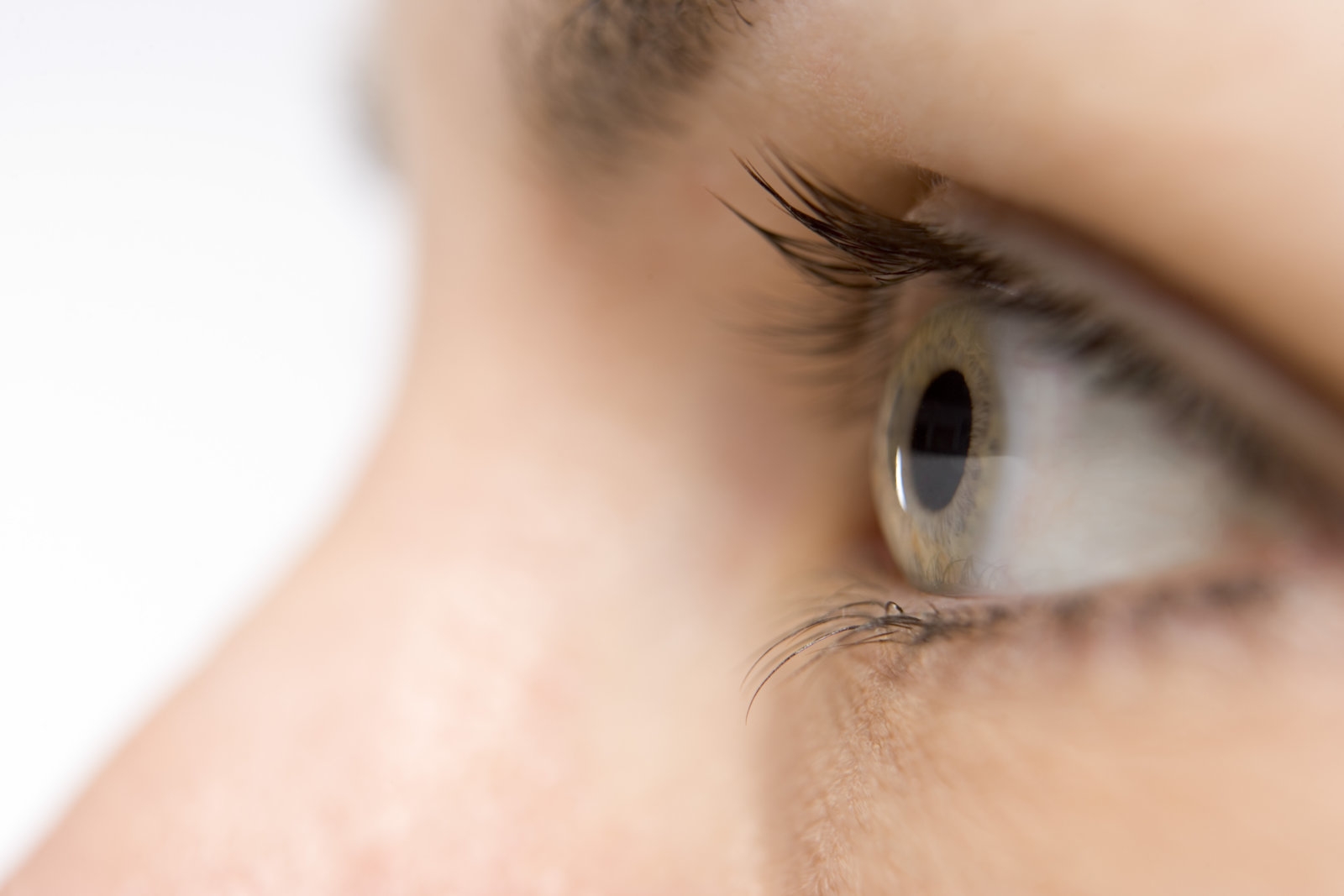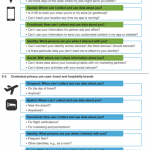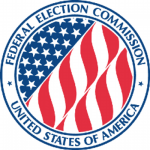FDA OKs first gene therapy for hereditary disease
The FDA has approved a new gene therapy that proves the technique can also be used to treat a variety of diseases other than cancer. According to the agency’s announcement, the therapy called Luxturna can treat biallelic RPE65 mutation-associated retinal dystrophy, a rare eye disease that leads to blindness, in both adults and children. This is the first time the agency approved a gene therapy designed to treat a hereditary illness and the first to target a disease caused by mutations in a specific gene — it’s a major milestone in the field and a huge victory for its proponents.
As FDA Commissioner Scott Gottlieb said in a statement:
“Today’s approval marks another first in the field of gene therapy — both in how the therapy works and in expanding the use of gene therapy beyond the treatment of cancer to the treatment of vision loss — and this milestone reinforces the potential of this breakthrough approach in treating a wide-range of challenging diseases. The culmination of decades of research has resulted in three gene therapy approvals this year for patients with serious and rare diseases. I believe gene therapy will become a mainstay in treating, and maybe curing, many of our most devastating and intractable illnesses.”
Biallelic RPE65 mutation prevents the RPE65 gene from producing a protein that converts light to electrical signals in the retina. This leads to vision loss that ultimately progresses to total blindness. Luxturna works by delivering a normal copy of RPE65 to the retinal cells, allowing them to produce the protein needed to restore the patient’s vision.
The company that created Luxturna tested the treatment on 41 patients, who then had to complete obstacle courses in dim light. Most of the patients showed significant improvements navigating obstacle courses in the third phase of the study. Like the other gene therapies the FDA approved, though, it also has its limitations and potential side effects. It will only work for people with viable retinal cells, and it could cause cataracts and retinal tears. Oh, and it could cost over $1 million, which is most likely the biggest hurdle someone who wants to go through it will have to overcome.
(58)















